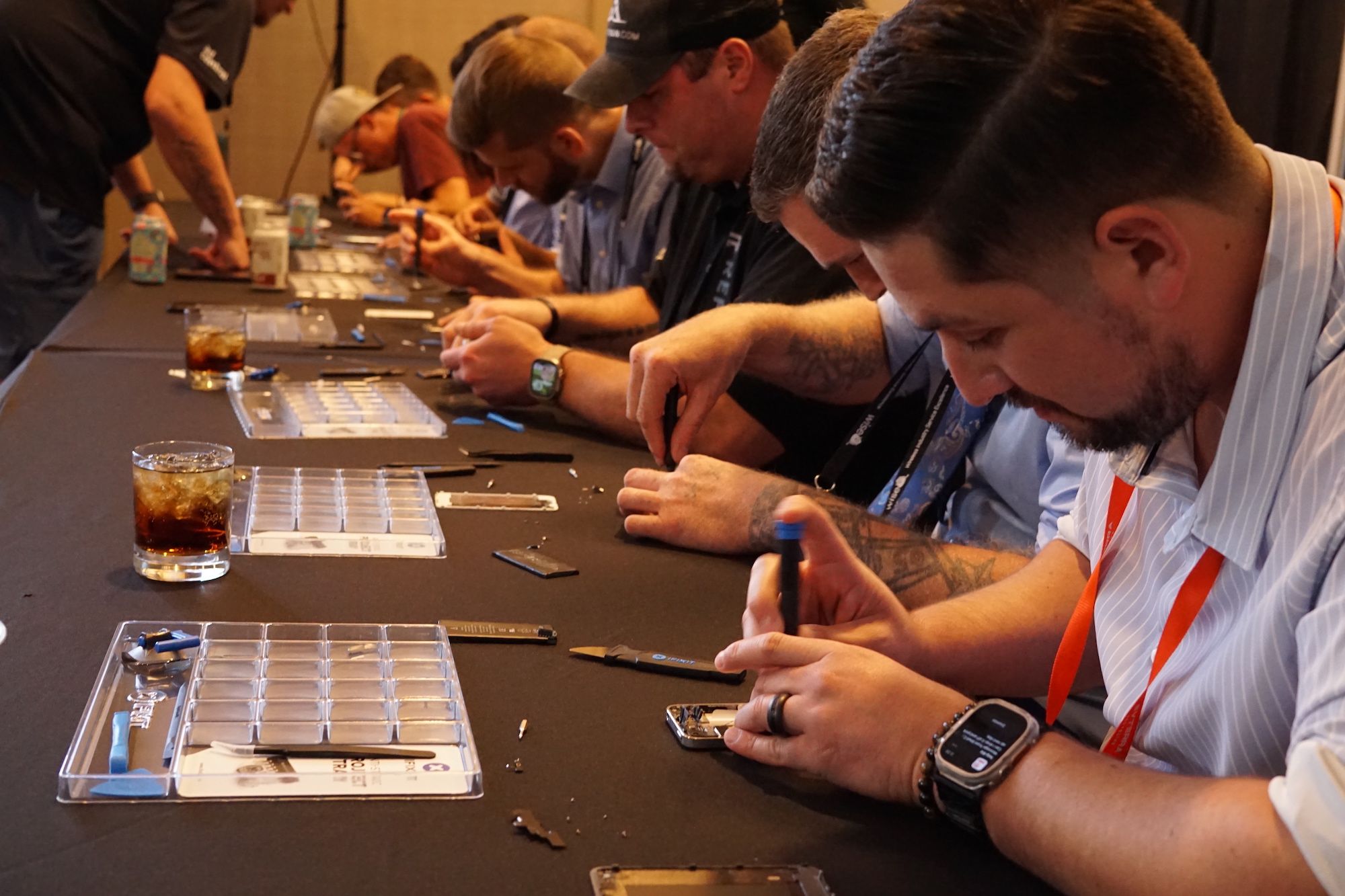

These companies are getting this pressure because they are well known and because of coordinated collective action against them. By all means, avoid them. That said, there are tons of reasons that people still buy from these companies.
For 3M, they produce the most readily available and performant masks, respirators, air filters and adhesives, which are a necessity in a lot of situations. For instance, I build my own air purifiers using standard HVAC filters and PC fans for myself and friends/family (so that they have have repairable units that use standard parts), and often 3M filters are the only performant ones that I can buy while avoiding Amazon, another company worth boycotting. In addition to that, 3M products are used in sooo much stuff these days that it’s very easy to support them without thinking about it.
For Starbucks, I know of quite a few towns where Starbucks is the only coffee shop (because they aggressively forced out the competitors), and there is no library or similar public space available. I’m sure as hell not going to tell the people of that town where the only quiet place that they can read or work or get a coffee that they are the problem here.
There are tons of other, similar situations that force or heavily influence people to buy from shitty companies.
On top of that, I’m positive that the vast majority of alternatives are similarly bad, and they just haven’t been the target of collective action yet. There is no ethical consumption under capitalism.
This whole argument gives very “yet you participate in the system, how curious” energy, and is pretty divorced from reality.











I’m talking about things like this: https://www.cleanairkits.com/products/luggables